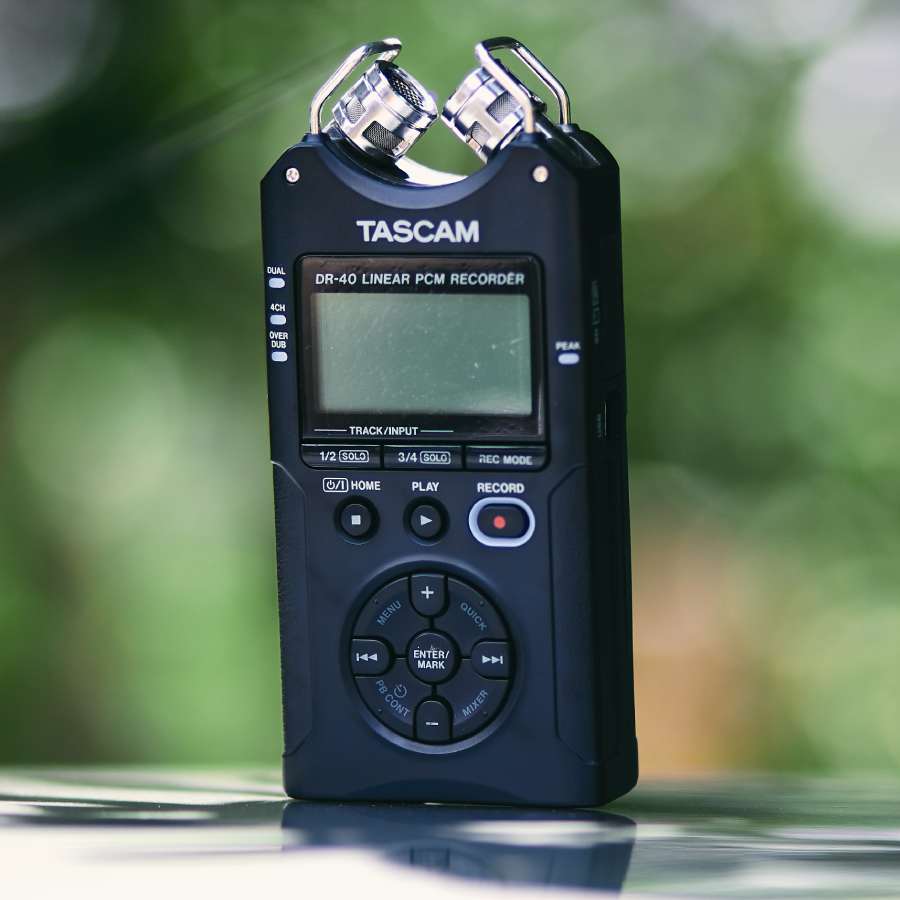Sed dignissim lacinia nunc. Curabitur tortor. Pellentesque nibh. Aenean quam. In scelerisque sem at dolor. Maecenas mattis. Sed convallis tristique sem. Proin ut ligula vel nunc egestas porttitor. Morbi lectus risus, iaculis vel.
Suscipit quis, luctus non, massa. Fusce ac turpis quis ligula lacinia aliquet. Mauris ipsum. Nulla metus metus, ullamcorper vel, tincidunt sed, euismod in, nibh. Quisque volutpat condimentum velit. Class aptent taciti sociosqu ad litora torquent per conubia nostra, per inceptos himenaeos.
What is DI Box?
A DI box is a utility tool that corrects signal level and impedance to make audio gear compatible. The term DI stands for Direct Injection. The first DIs were built to allow engineers to plug electric basses and guitars directly into the studio mixing console instead of mic'ing an amplifier.
DIs are commonly used for those instruments as well as synthesizers, drum machines and other gear with ¼” outputs. Using a DI you can plug these sources into an XLR microphone preamp input like those you might find on a mixer or audio interface.
DI boxes contain a transformer that electrically isolates the source from its destination. That’s why DI boxes are frequently used to address signal issues like ground loops.
Why do I need it?
Not all the audio sources in your home studio carry the same type of signal. There are different connector types, different signal levels and different impedances. Your signal fidelity can get worse if some of these qualities are mismatched. One of the most common examples is when you connect ¼” instruments such as electric guitar and bass to a mic preamp or audio interface.
The guitar signal coming from the pickups is a high impedance, instrument level signal. The mic preamp is expecting to see a low impedance, mic level signal. Even if you converted the ¼” and XLR connectors with an adapter, the signal and impedance mismatch would cause poor sound through the preamp. To fix it you’ll need a DI box to manage the signal level and impedance conversion so that the mic preamp works properly.
The same goes for most types of gear with ¼” outputs like synths, drum machines and samplers. Hot tip: Some hardware has ¼” outputs that are strong enough to be plugged directly into a mixer at line level. Gear like this doesn’t strictly need a DI as long as the destination has line level inputs. However, you may find using a DI box to pass the signal through the mic preamp sounds more pleasing.
The 8 best DIs for recording
BAE PDI


There’s one brand that you’ll see in almost every discussion of DI boxes—Radial. The Canadian manufacturer of stage and studio equipment builds some of the most popular choices for pro quality DIs. Their flagship active DI model is the J48. It’s an excellent choice for almost any application, especially recording.
Radial JDI


There’s one brand that you’ll see in almost every discussion of DI boxes—Radial. The Canadian manufacturer of stage and studio equipment builds some of the most popular choices for pro quality DIs. Their flagship active DI model is the J48. It’s an excellent choice for almost any application, especially recording.
Radial J48


There’s one brand that you’ll see in almost every discussion of DI boxes—Radial. The Canadian manufacturer of stage and studio equipment builds some of the most popular choices for pro quality DIs. Their flagship active DI model is the J48. It’s an excellent choice for almost any application, especially recording.
A-Designs REDDI


There’s one brand that you’ll see in almost every discussion of DI boxes—Radial. The Canadian manufacturer of stage and studio equipment builds some of the most popular choices for pro quality DIs. Their flagship active DI model is the J48. It’s an excellent choice for almost any application, especially recording.
Radial ProDI, Pro48


There’s one brand that you’ll see in almost every discussion of DI boxes—Radial. The Canadian manufacturer of stage and studio equipment builds some of the most popular choices for pro quality DIs. Their flagship active DI model is the J48. It’s an excellent choice for almost any application, especially recording.
Countryman Type 85


There’s one brand that you’ll see in almost every discussion of DI boxes—Radial. The Canadian manufacturer of stage and studio equipment builds some of the most popular choices for pro quality DIs. Their flagship active DI model is the J48. It’s an excellent choice for almost any application, especially recording.
Rupert Neve Designs RNDI


There’s one brand that you’ll see in almost every discussion of DI boxes—Radial. The Canadian manufacturer of stage and studio equipment builds some of the most popular choices for pro quality DIs. Their flagship active DI model is the J48. It’s an excellent choice for almost any application, especially recording.
Warm Audio WA DI-A and WA DI-P







